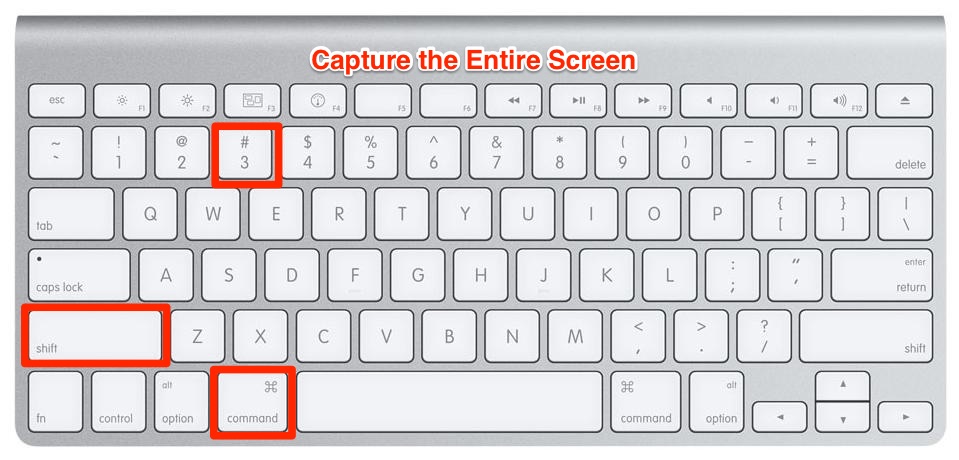
For example, you can create a new folder on your hard drive or even a USB flash drive, and change to save all screenshots directly to this folder.ĭon’t know how to do it? Follow this guide to learn how to change the folder where Mac OS X save screenshots.

However, you can change the location where your Mac computer stores these screenshots. Date and time is generated at the moment the screenshot is taken.
The name of these image files should be: “Screen Shot + date and time +. It will appear highlighted.Ĭlick on it and the screenshot image file will be saved to your Mac desktop as a PNG file automatically.Ĭhange Location Where Your Mac Saves Screenshotsīy default, all screenshots will be stored on the desktop screen of your Mac. Move the icon over the window that you want to take the screenshot. Next, press the Spacebar key to turn your mouse cursor into a camera icon. This method uses the same shortcut as the first method but needs one extra step: Spacebar.įirstly, hit Command + Shift + 4, your mouse cursor will be turned into a selection box. How To Take A Screenshot Of A Selected Window If you use the Command + Shift + 3 shortcut, you need to edit the PNG image again to crop the area your want. If you need a particular area of your screen, use the above method. I don’t often use this method as it will take a screenshot of the entire Mac screen, which I don’t need. The PNG image file of your screenshot will be saved to your desktop.

If you want to take a screenshot of your entire display on your Mac, just press Command + Shift + 3.

How To Take A Screenshot Of The Entire Mac Screen Then you release the mouse button or trackpad to take the screenshot and save it as a PNG file on your desktop. My favorite method to take a screenshot on my Mac is pressing these keys: Command + Shift + 4.īy doing so, your cursor will be turned into a selection box, which will allow you to drag and select areas of your screen that you want to capture. How To Take A Screenshot Of A Part Of Your Mac Screen


 0 kommentar(er)
0 kommentar(er)
